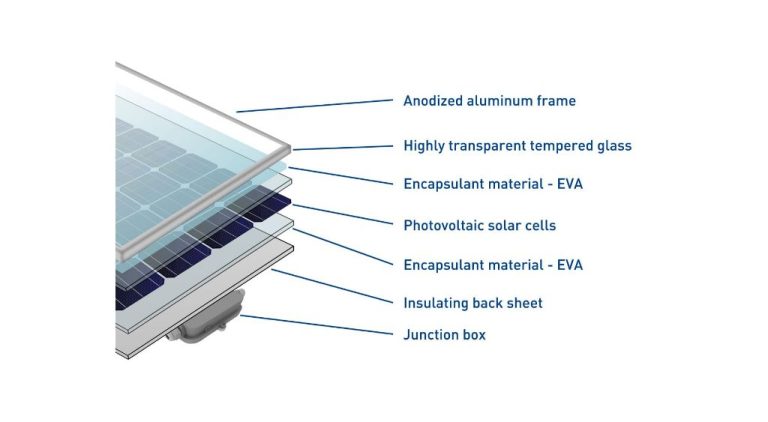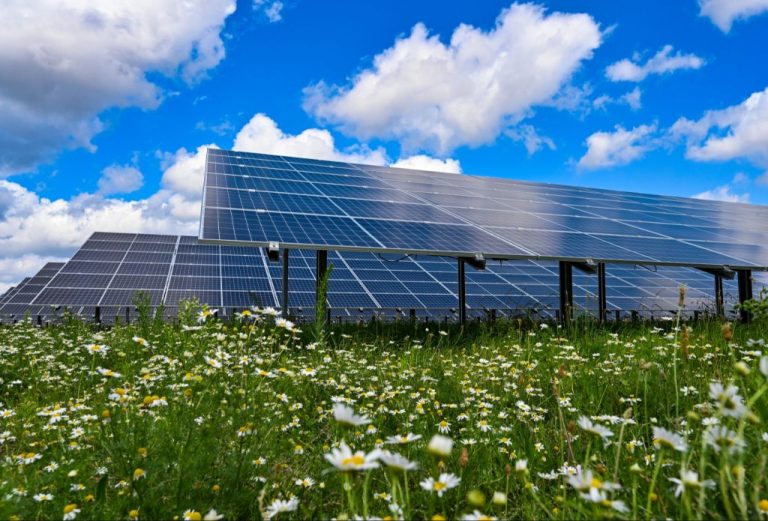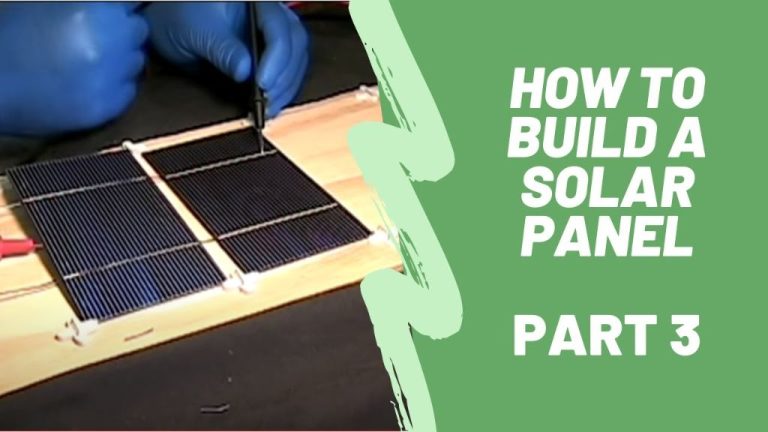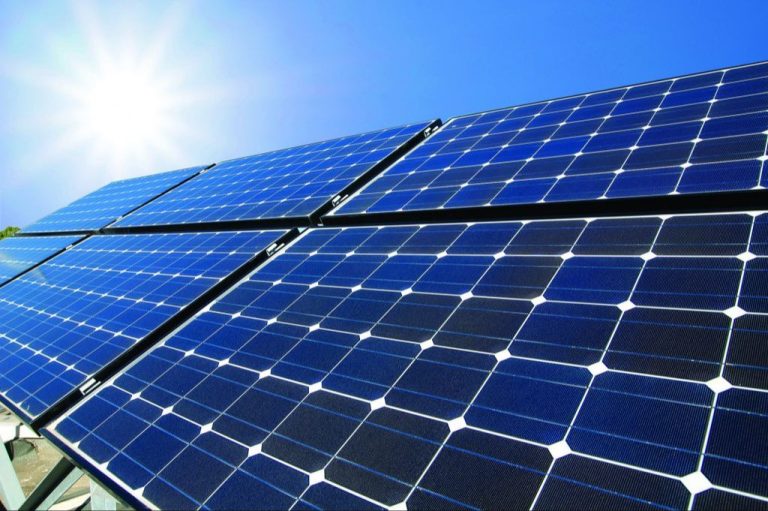What Is The New Solar Technology In 2023?
Overview of Solar Technology
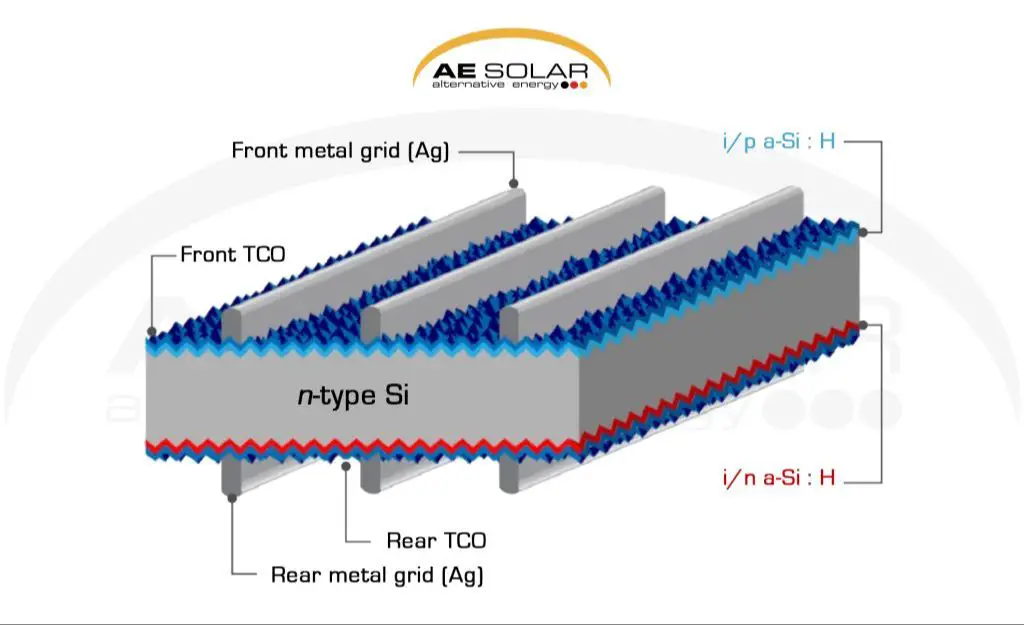
Solar technology has seen tremendous advances over the past decade. While the concept of harnessing energy from the sun has been around for centuries, it is only within the past 10-15 years that solar power has become a mainstream and rapidly growing renewable energy source.
The most common type of solar technology today is photovoltaics (PV), which converts sunlight directly into electricity through solar cells made of semiconducting materials. Solar PV panels can be found on rooftops of homes and businesses, as well as large-scale solar farms and installations. Another widely used solar technology is solar thermal systems that use mirrors or lenses to concentrate sunlight to heat fluids which can then generate electricity via a steam turbine or be used directly for heating in homes, businesses, and industry.
Recent years have seen accelerating improvements in solar cell efficiency, manufacturing, and cost reductions. Emerging developments include thin-film solar photovoltaics with increasing efficiency and flexibility, hybrid photovoltaic-thermal systems to maximize solar energy utilization, concentrated solar thermal power with storage capabilities, floating solar arrays on reservoirs, and solar forecasting technologies to better predict and integrate solar generation.
Advances in Photovoltaics
Photovoltaic (PV) technology, which converts sunlight directly into electricity, has seen major advances in recent years. Some key areas of improvement have been solar cell efficiency, new designs and materials, and cost reductions.
Researchers have made incremental gains in improving the efficiency of traditional crystalline silicon solar cells. Lab results now exceed 26% efficiency, with commercial modules typically in the 19-22% range. Companies are also bringing high-efficiency monocrystalline products to market.
There have been efficiency improvements with thin-film technologies as well, such as cadmium telluride (CdTe) and copper indium gallium selenide (CIGS) solar cells. Flexible thin-film panels are becoming more viable for building-integrated applications.
Companies are developing new solar cell designs to increase efficiency and lower costs. These include multi-junction or tandem cells with multiple semiconductor layers to absorb more light. Technologies like perovskites and organic PV promise very low production costs.
On the manufacturing side, economies of scale and technology improvements have significantly reduced PV module prices. Innovations in solar wafering, cell processing, and module materials have helped cut costs. New solar factories are also employing greater automation to increase throughput and efficiency.
Solar Thermal Technology
Solar thermal technology harnesses the sun’s energy to generate heat, which can be used for domestic hot water, space heating, or concentrated to run a steam turbine and generate electricity.
New applications for solar thermal technology are emerging, like using parabolic trough collectors to provide process heat for industrial purposes. Researchers are also working on making solar thermal more efficient through the use of nanofluids or phase change materials in the heat transfer fluid.
Innovations in solar water heating include polymer absorber coatings that improve efficiency, as well as systems with freeze protection and electric backup for colder climates. Companies are also integrating smart technology for remote monitoring and control of solar water heating systems.
Progress continues in concentrated solar power (CSP), with new molten salt mixtures that can operate at higher temperatures. There are also pilot projects testing supercritical CO2 cycles instead of steam turbines, which could boost CSP efficiency. Hybrid CSP systems that also burn fuel during periods of insufficient sunlight are allowing for greater capacity factors.
Overall, solar thermal technology provides a mature yet still advancing set of renewable heating solutions with a wide array of applications worldwide. Improvements in efficiency and thermal storage continue to enhance the capabilities and benefits of solar thermal systems.
Solar Fuels and Artificial Photosynthesis
One exciting area of solar technology research is artificial photosynthesis. Artificial photosynthesis aims to mimic the natural process of photosynthesis that occurs in plants by using sunlight to convert water and carbon dioxide into energy-dense fuels like hydrogen gas or methanol.
Recent advancements in artificial photosynthesis include the development of new photoelectrochemical cells that are over 10 times more efficient at converting sunlight into fuel than previous systems (https://news.uchicago.edu/story/chemists-create-artificial-photosynthesis-system-10-times-more-efficient-existing-systems). Researchers have also made progress in designing systems that can produce food directly from sunlight, water and CO2 without the need for arable land or fertilizers (https://news.ucr.edu/articles/2022/06/23/artificial-photosynthesis-can-produce-food-without-sunshine).
One of the main challenges facing artificial photosynthesis is optimizing the complex multi-step process to maximize solar energy conversion efficiencies. Key areas of research include developing improved catalysts to facilitate the fuel-forming reactions and engineering materials that can effectively absorb sunlight and separate the produced fuels.
If the process can be perfected, artificial photosynthesis could provide a clean, renewable way to produce fuels and chemicals while also reducing atmospheric CO2 levels. The potential applications range from carbon-neutral transportation fuels to methods for producing food, fertilizers and materials in arid, non-arable regions.
Advances in Solar Energy Storage
Several promising developments in solar energy storage emerged in 2022 and 2023. New battery technologies like flow batteries and compressed air storage aim to store larger amounts of energy more cost-effectively. Flow batteries use liquid electrolytes to store energy in chemical bonds, while compressed air storage converts solar energy into potential energy by compressing air. Research by the U.S. Department of Energy found flow batteries can now provide 10+ hours of storage at costs competitive with lithium-ion batteries [1].
Storing solar energy as heat is another growing area. Molten salt and phase-change materials can retain heat for extended periods and help solar thermal plants operate when the sun isn’t shining. The U.S. saw significant growth in thermal energy storage in 2022, with over 250 megawatts added according to one report [2]. This helps solar thermal plants run more flexibly to meet demand.
Chemical storage of solar energy through artificial photosynthesis also shows promise. This process uses sunlight to convert water and carbon dioxide into energy-dense fuels like hydrogen. In 2022, new photoelectrode materials and reactor designs improved artificial photosynthesis efficiency over 15% [3], bringing this technology closer to commercial viability.
Improved Solar Design and Installation
There have been notable advances in solar design and installation in recent years, which has helped drive down costs and improve efficiency. Three key areas of progress are streamlined permitting and interconnection, optimized system configurations, and advanced monitoring and maintenance.
Streamlined permitting and interconnection processes make it faster, easier and less expensive to get approval for solar installations and connect them to the grid. In the U.S., programs like SolarAPP+ have helped standardize and digitize permitting, reducing delays and costs (source). Interconnection processes have also been accelerated in many regions.
System configurations can now be optimized through improved design software, which models factors like shading and weather patterns. By customizing system components and layout for each site, more energy can be generated for the same cost. Microinverters, power optimizers and smart modules also maximize energy harvest.
Finally, advanced monitoring tools and predictive maintenance enable closer tracking of system performance and proactive identification of issues before they cause major problems. This further improves the return on investment for solar owners.
Solar Drones and Vehicles
Solar-powered drones, planes, and cars are an emerging technology that harness solar energy to enable longer flights and drives without fuel. The lightweight photovoltaic cells that cover the vehicle’s surface can continually recharge batteries during daytime operation. This provides some key advantages over conventional fuel-powered vehicles:
Applications for solar-powered drones include military and commercial surveillance, scientific research, cargo delivery, agriculture monitoring, and communication network services. The ability to fly continuously without refueling makes them ideal for long-endurance missions.[1] In September 2022, China successfully tested its first solar-powered UAV, capable of high-altitude pseudo-satellite services.[2]
Some recent prototypes and launches include:
- The Silent Falcon UAV developed by Bye Aerospace has already logged over 40 days of continuous flight powered by solar cells lining its wings and fuselage.[3]
- In 2022, the US Army tested the Silent Falcon which set an unmanned flight endurance record of over 40 days.
- Facebook is developing a solar-powered pseudo-satellite drone called Aquila to provide internet connectivity.
- The Swiss solar-powered plane Solar Impulse 2 successfully completed a round-the-world flight in 2016.
For cars, prototypes like Lightyear One and Sono Sion incorporate solar panels to extend driving range. However, solar vehicles aren’t yet practical for most transportation needs. As photovoltaic efficiency improves, solar-powered drones and vehicles will provide sustainable transportation with minimal environmental impact.
Space-Based Solar Power
Space-based solar power (SBSP) refers to the concept of collecting solar power in space and transmitting it wirelessly to Earth. The idea is that solar arrays in space could collect sunlight 24/7 without weather interference and beam microwave or laser energy to receiving stations on Earth.
While SBSP has been theorized since the 1970s, recent technology demonstrations have brought it closer to reality. In 2022, the Pentagon’s Defense Advanced Research Projects Agency (DARPA) demonstrated wireless power transmission over a distance of 1.6 km, setting a new record for microwave transmission efficiency (2022, October 10). In the same year, scientists in Xiamen, China set a new laser power transmission record of 36.9% efficiency over a distance of 320 meters (CNN, 2023).
NASA estimates that SBSP could play a significant role in meeting global energy demand by 2050. Their recent study predicts launch costs decreasing 10-100x by 2040, making SBSP economically viable on a large scale by 2050 (NASA, 2024). Several companies like Caltech’s Space Solar Power Project are working on pilot demonstrations in the 2030s. If these pilots succeed, we could see the first commercial SBSP systems launched in the 2040s.
Solar Costs and Adoption Trends
The costs of solar technology, especially solar photovoltaics (PV), have declined dramatically in the past decade. According to the International Energy Agency (IEA), the global weighted average total installed cost of utility-scale solar PV projects fell by 85% between 2010 and 2021[1]. This steep cost reduction has made solar energy increasingly cost-competitive with fossil fuels.
As a result of declining costs, installations and capacity of solar PV have grown rapidly. Total global solar PV capacity increased from 40 gigawatts (GW) in 2010 to over 1,100 GW by the end of 2022[2]. Annual solar PV installations have accelerated in recent years, reaching an estimated 270 terawatt-hours (TWh) in 2022, a 26% increase over the previous year[1].
Projections indicate strong continued growth for solar technology, especially in the Asia Pacific region. The IEA predicts global solar PV capacity will double from 2022 to reach over 2,600 GW by 2027[1]. firms like Wood Mackenzie project the U.S. solar market alone will install 144 GW of new capacity between 2022-2026[3]. This ongoing expansion underscores solar’s increasing competitiveness and bright future.
[1] https://www.iea.org/energy-system/renewables/solar-pv
[2] https://www.seia.org/solar-industry-research-data
[3] https://sistinesolar.com/solar-energy-market-growth/
The Future of Solar
The future looks bright for solar technology, with several promising emerging technologies on the horizon. Some key developments include perovskite solar cells, solar paints and coatings, floating solar farms, and advanced solar thermal systems (RatedPower, 2023). Perovskite solar cells are gaining attention for their potential to achieve extremely high efficiencies while remaining relatively inexpensive. Researchers are also developing “solar paints” that can turn nearly any surface into a solar panel. On the utility-scale side, floating solar farms placed on man-made reservoirs are an innovative way to make use of water surfaces to generate solar power.
However, the industry still faces challenges around improving efficiency, lowering soft costs, and scaling up manufacturing. Persistent difficulties like panel soiling, grid integration, and intermittent generation will need to be overcome (SolarReviews, 2022). But with supportive policies and sustained R&D, solar is projected to supply up to 20% of global electricity by 2030. Solar’s modular nature provides an advantage in distributed applications for homes, businesses, and communities seeking energy independence and resilience.
With costs continuing to fall, solar is cementing its role as a major pillar of the global renewable energy transition. Emerging tech like perovskite cells and solar paint promise to push efficiencies even higher. Though challenges remain, the future is bright for solar to supply clean, sustainable power across the world.

